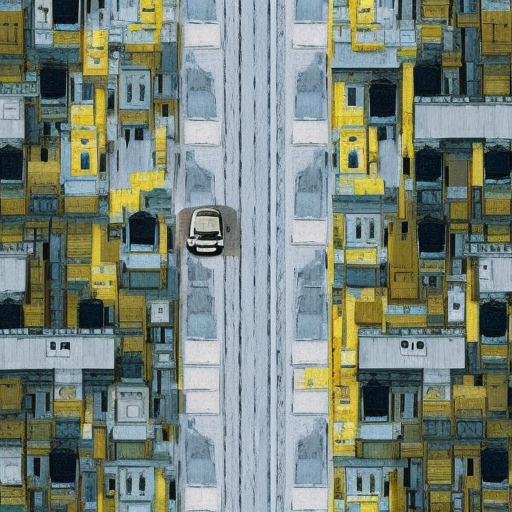Taxi Driver (1976) – A Haunting Portrait of Urban Alienation
Director: Martin Scorsese
Writer: Paul Schrader
Key Actors:
- Robert De Niro as Travis Bickle
- Jodie Foster as Iris Steensma
- Cybill Shepherd as Betsy
- Harvey Keitel as Sport
Music Director: Bernard Herrmann
Director of Photography: Michael Chapman
Producers: Julia Phillips, Michael Phillips
Plot
Set in the gritty streets of 1970s New York City, Taxi Driver follows the life of Travis Bickle, a lonely and disillusioned Vietnam War veteran who works as a taxi driver during the night shift. Plagued by insomnia and a growing obsession with the city’s moral decay, Travis becomes increasingly disconnected from reality.
As he navigates the nocturnal underbelly of the city, Travis encounters a series of characters that both repulse and fascinate him. His infatuation with Betsy, a beautiful campaign worker, leads to a disastrous date that further fuels his anger and resentment towards society. In his search for purpose, Travis befriends a child prostitute named Iris and becomes determined to save her from her exploitative environment.
Driven by his own warped sense of justice, Travis descends into a spiral of violence and paranoia. He purchases an arsenal of weapons and meticulously plans a political assassination, targeting a presidential candidate. The film climaxes with a shocking and bloody shootout in a brothel, leaving Travis both hailed as a hero and condemned as a madman.
Themes and Motifs
Taxi Driver delves into themes of urban alienation, loneliness, and the dark side of human nature. The film explores the psychological effects of war on veterans, as Travis struggles to reintegrate into society and find meaning in his life. It also examines the dehumanizing effects of urban life and the corruption that permeates every level of society.
Scorsese masterfully uses motifs throughout the film to convey Travis’ descent into madness. The recurring image of rain symbolizes the cleansing and purging of the city’s sins, while the neon lights and seedy locations reflect the moral decay that Travis perceives. The mirror motif represents Travis’ fractured psyche, as he constantly confronts his own reflection and struggles with his identity.
Reception and Legacy
Upon its release, Taxi Driver received critical acclaim for its powerful storytelling, gritty realism, and Robert De Niro’s mesmerizing performance. The film was nominated for four Academy Awards, including Best Picture, Best Actor, Best Supporting Actress, and Best Original Score.
The impact of Taxi Driver on cinema cannot be overstated. It is widely regarded as one of the greatest films ever made and has influenced countless filmmakers. The film’s exploration of urban alienation and its dark portrayal of a troubled protagonist have become iconic in the realm of cinema.
Recommendation
Taxi Driver is a haunting and thought-provoking film that delves into the depths of human despair and the dark underbelly of society. Martin Scorsese’s masterful direction, combined with Robert De Niro’s unforgettable performance, makes this a must-watch for any cinephile.
Memorable Quote
“You talkin’ to me? You talkin’ to me? You talkin’ to me? Well, who the hell else are you talkin’ to? You talkin’ to me? Well, I’m the only one here. Who the f**k do you think you’re talkin’ to?” – Travis Bickle












